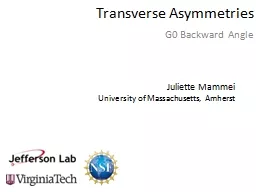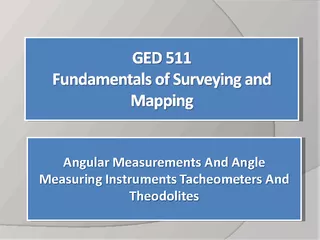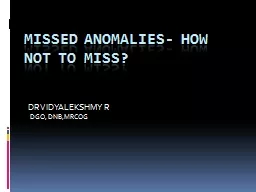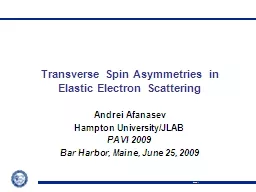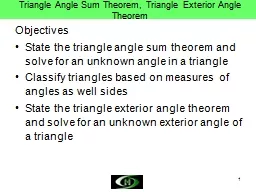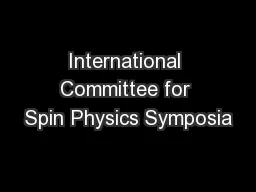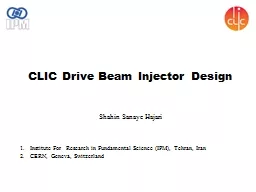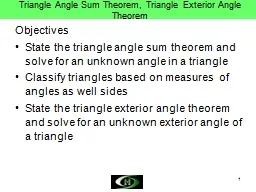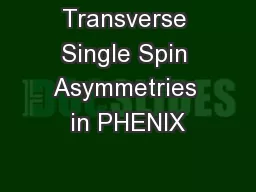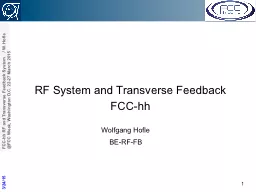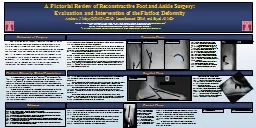PPT-Transverse Asymmetries G0 Backward Angle
Author : majerepr | Published Date : 2020-06-17
Juliette Mammei University of Massachusetts Amherst G0 finished datataking in 2007 Published forward and backward angle PV asymmetry results strange quark contribution
Presentation Embed Code
Download Presentation
Download Presentation The PPT/PDF document "Transverse Asymmetries G0 Backward Angle" is the property of its rightful owner. Permission is granted to download and print the materials on this website for personal, non-commercial use only, and to display it on your personal computer provided you do not modify the materials and that you retain all copyright notices contained in the materials. By downloading content from our website, you accept the terms of this agreement.
Transverse Asymmetries G0 Backward Angle: Transcript
Download Rules Of Document
"Transverse Asymmetries G0 Backward Angle"The content belongs to its owner. You may download and print it for personal use, without modification, and keep all copyright notices. By downloading, you agree to these terms.
Related Documents

